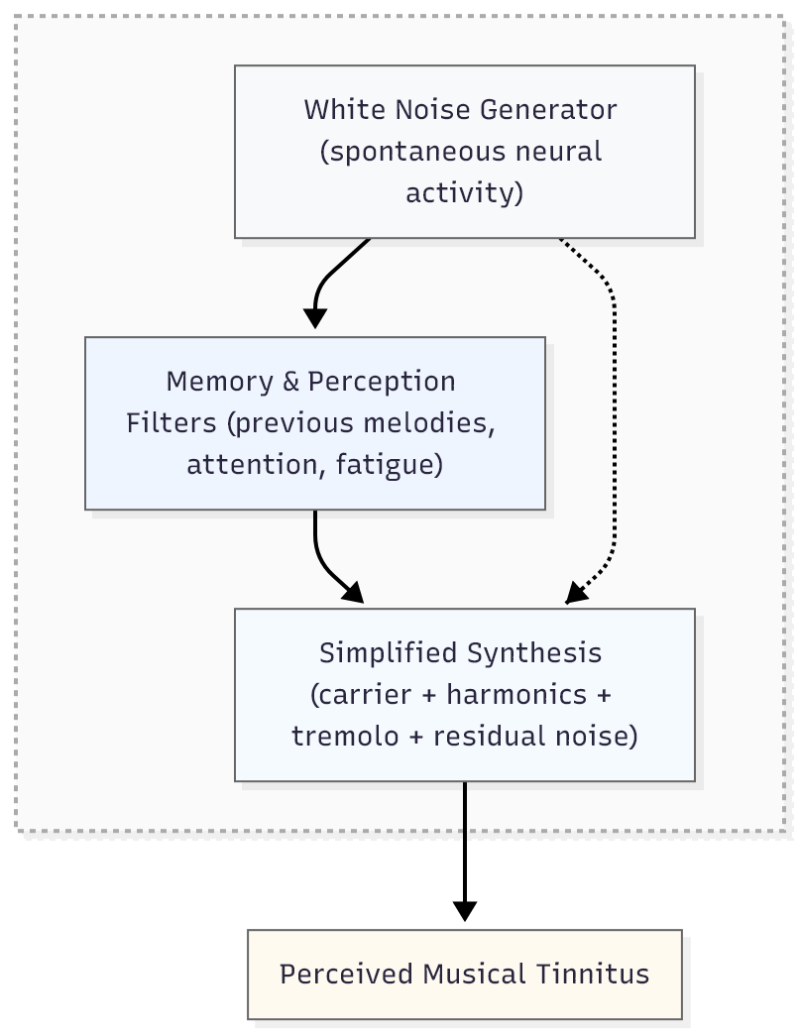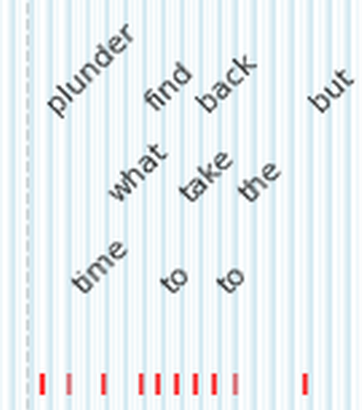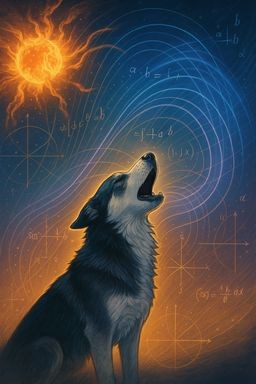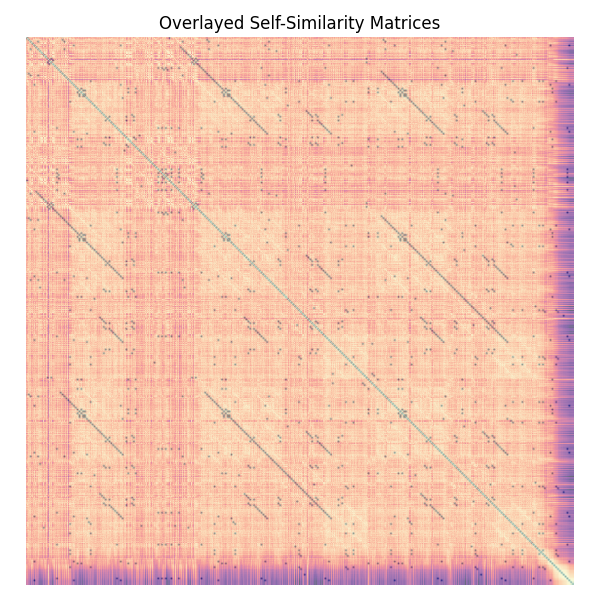(de)Engineering
Some years ago I was running Ubuntu 20.04 in my desktop computer and I (suddenly) wanted to talk to the GPU driver.\nNot through Vulkan or some fancy abstraction, just to do a "hello world" in the most direct way possible. I didn't document the findings back then, so I will do it now, running Windows 10 in my laptop.
Me and my DnD friends always forget past interactions (names, places, instructions, the usual Dungeons & Dragons stuff). So, why not make use of the marvels of the modern era and record the sessions? Great!.. We now have a four-hour, 200 MB .aac or .mp3 file.\nAnyone could scrub through it, fast-forwarding and rewinding to find something related to whatever clue we need 😎
I've been playing with treating consonant sounds in vocals as if they were percussion hits. Many singers don't just carry melody and semantics with their voices. They, knowingly or not, also use the attack of consonants (p, t, k, ch) as rhythmic accents that become part of the drumming texture.
This project is a self-paced workshop designed to explore parallel and high-performance computing (HPC) concepts and tools using the Python programming language.
Throughout history, many breakthrough discoveries have emerged not from strict adherence to established theories, but from bold, creative leaps — often by individuals who dared to ask strange questions or connect seemingly unrelated phenomena. From Faraday to Tesla, from Gödel to Josephson, unconventional thinkers have often walked the line between genius and madness. Reading Steven Strogatz's Sync, I was struck by how the pioneers of synchronicity research—those who dared to see patterns in fireflies, pendulums, and neural networks—shared this same exploratory spirit. They looked for order in chaos, connections in apparent randomness. What if we could simulate some of that exploratory madness with today's AI models?
I’ve been experimenting with Self-Similarity Matrices (SSMs) to explore structural patterns in music. SSMs are a visualization technique where each point in the matrix represents the similarity between two segments of a song, typically using spectral features like mel-frequency content. By overlaying this with a matrix derived from lyrics or spoken features (e.g., repeated words or syllables), it's possible to get a multi-layered view of how songs are structured — musically and linguistically.





